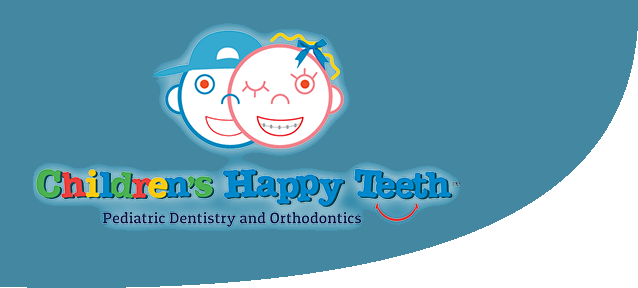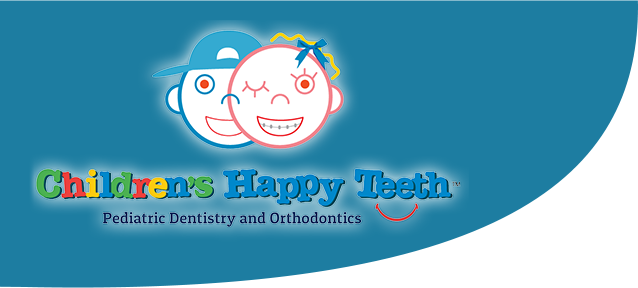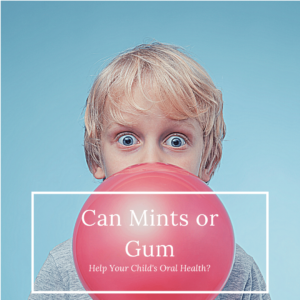Adolescence is a challenging, yet exciting time in your child’s life. As they begin their final transition into adulthood, a number of changes occur. When it comes to your child’s oral health, it is important to realize that some of these changes may have a direct impact on your child’s teeth and gums. The American Academy of Pediatric Dentistry has noted specific oral health concerns that adolescents may face. Here are the most common:
Smoking Cannabis & Gum Disease
At this point, most people know that smoking tobacco can have serious consequences to both your oral and overall health. Smoking cannabis, while greatly debated, does not contain the same harmful ingredients as tobacco, leading people to wonder about whether or not the risk for gum disease rises from smoking cannabis. In 2008, a study was published in JAMA that evaluated whether adolescents who smoke cannabis were at an increased risk for periodontal disease. The conclusion was that cannabis smoking could be a potential risk factor for periodontal disease.
School Vending Machines

Having easy access to the sweetened foods and carbonated or acidic beverages found in vending machines can lead to their frequent consumption. Unfortunately the regular consumption of sugars and acidic foods can lead to an increased risk of developing multiple cavities. In some cases, it can even lead to gum disease. For these reasons, it is recommended to talk to your child about the importance of diet in regards to both their oral and overall health. You will also want to make sure your child attends regular dental cleanings and exams to maintain their oral health.
Oral Habits
While finger or pacifier sucking is a potentially damaging oral habit that affects younger children, there are also a few oral habits practiced by adolescents that can risk their oral health. Among these, the most common are nail biting and bruxism. Frequent nail biting is not only damaging to the nails themselves, but it also increases the risk of damaging the teeth. Additionally, nail-biting places the jaw in a protruded position, which increases stress on the joint. Bruxism is the term used to describe the collective behavior of grinding or clenching together one’s teeth. Like nail biting, frequent bruxism increases the risk of tooth damage, as well as places additional strain on the jaw joint.
Oral Piercings
Oral piercings are especially popular among adolescents. An oral piercing is any piercing placed in the lips, cheeks, tongue, or uvula. The most common site for an oral piercing is the tongue, followed by the lips. The two main oral health issues to be concerned about with oral piercings are tooth damage and localized periodontal disease. Since the mouth contains large amounts of bacteria, another main concern with oral piercings is the increased risk of infection. In some cases, oral piercings can also damage fillings, injure the gums, and lead to sensitive teeth. For these reasons, the AAPD opposes the practice of oral piercings.
Sports-Related Orofacial Injuries

Many adolescents are involved in sports or at the very least participate in mandated physical education programs. While sports are a great way to exercise, they do increase the risk of orofacial injury from falling, colliding, or forcefully making contact with sports-related equipment. Most orofacial injuries affect the upper lip, maxilla, and maxillary incisors, since these structures sit slightly more forward. In order to prevent these structures from being injured during sports play, it is recommended to have your child wear a sports mouthguard. While mouthguards are usually required for football, lacrosse and ice hockey, they are strongly recommended while participating in other sports as well.





